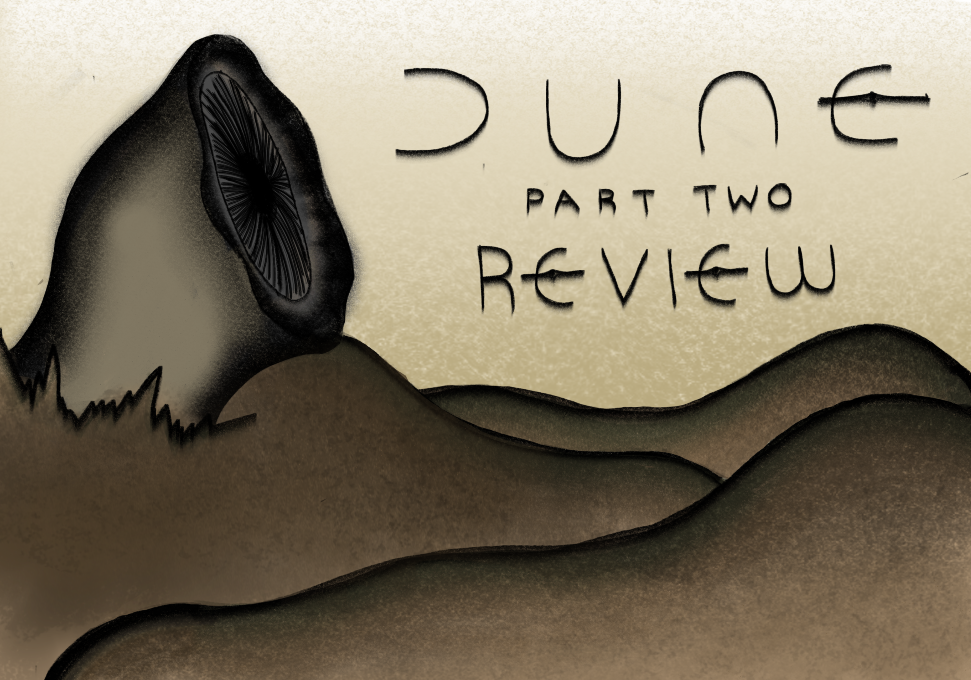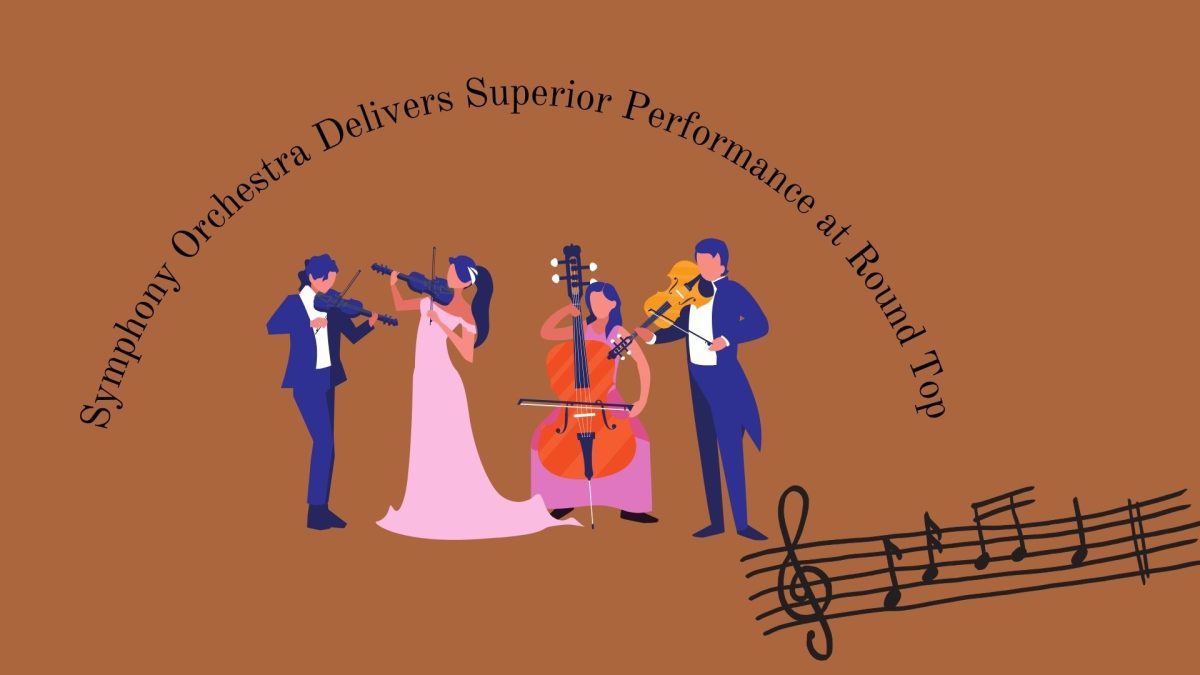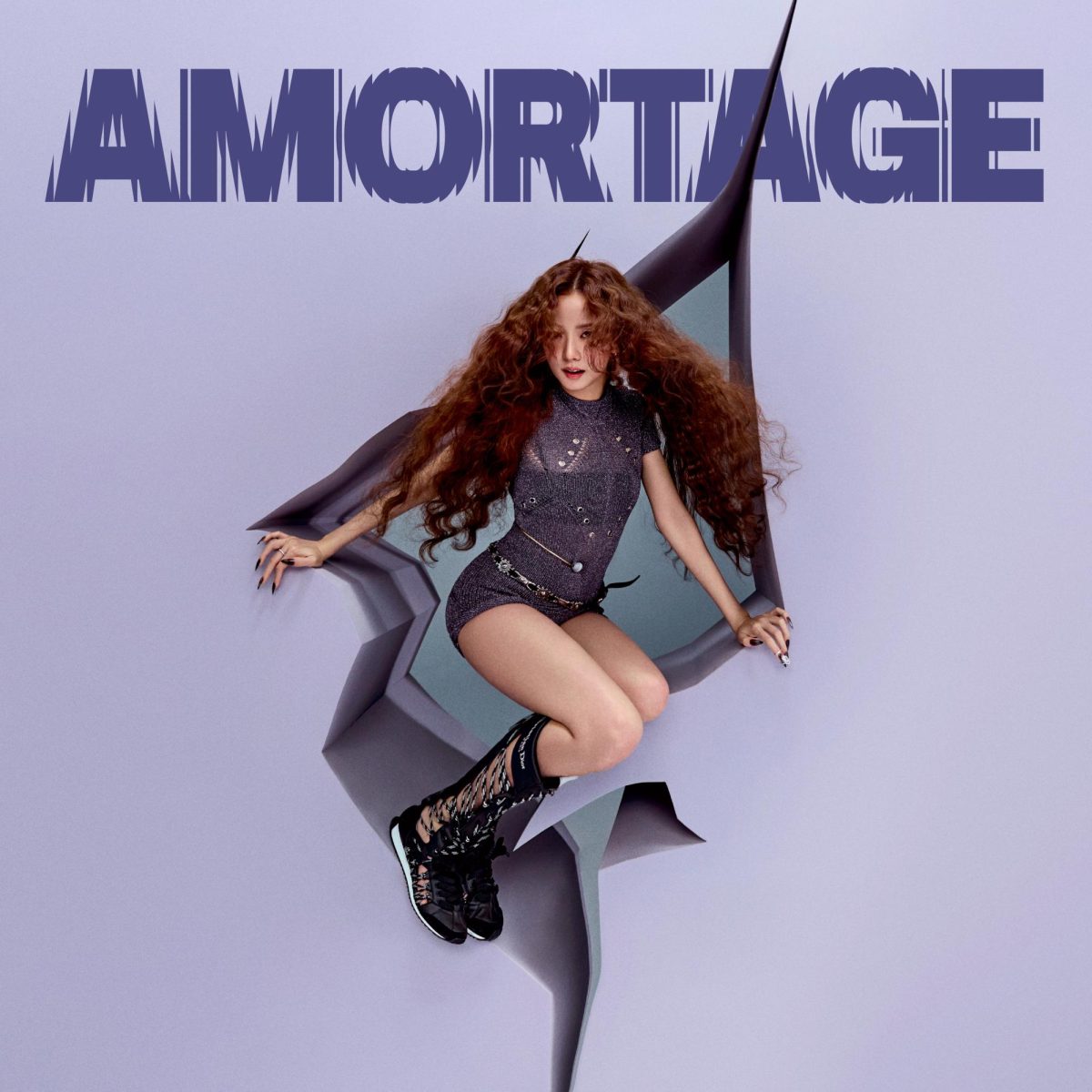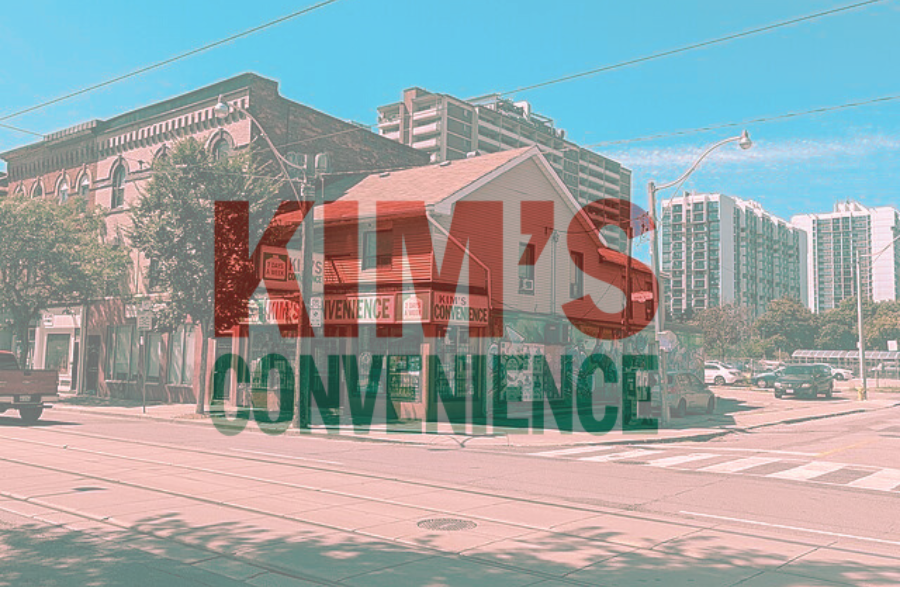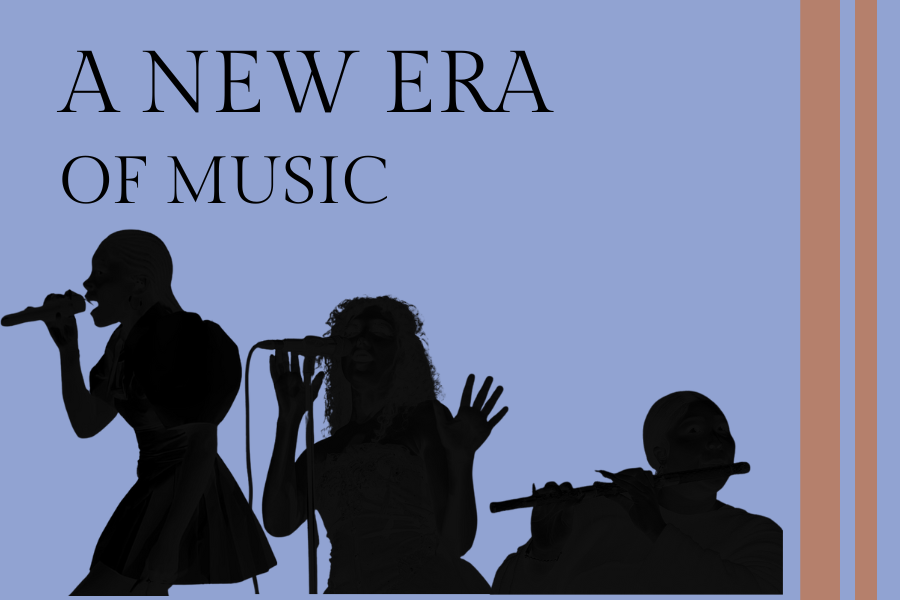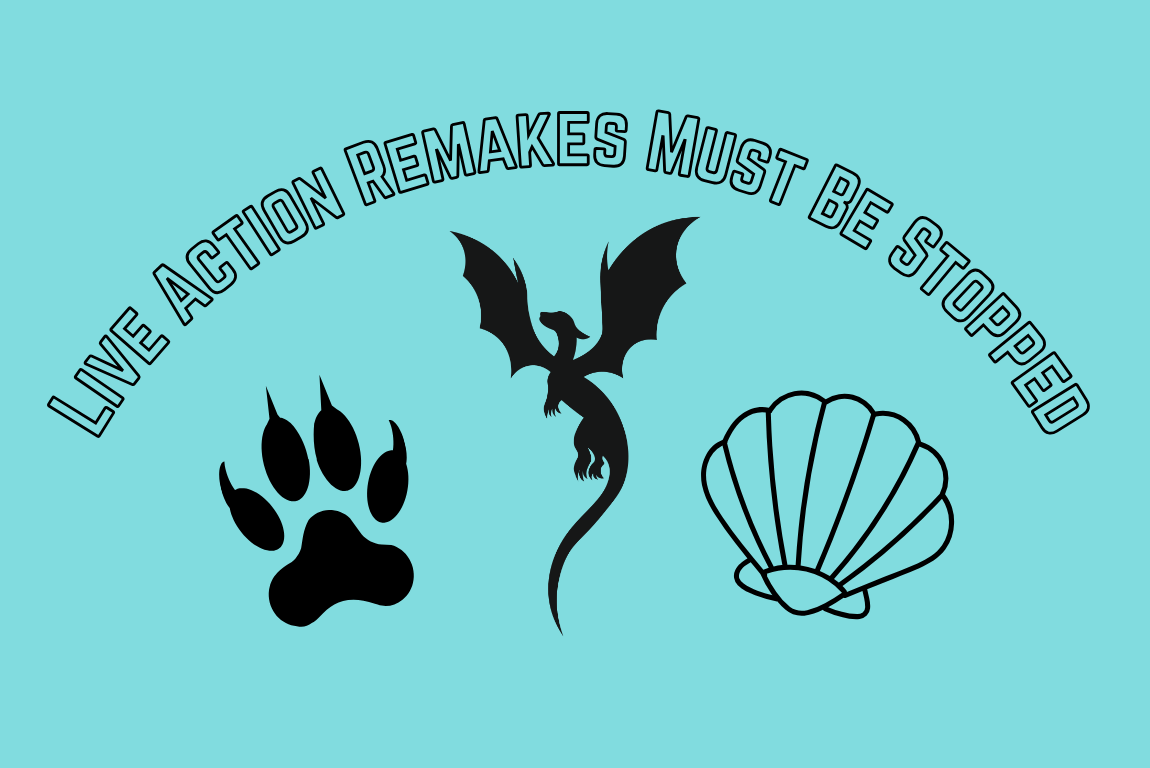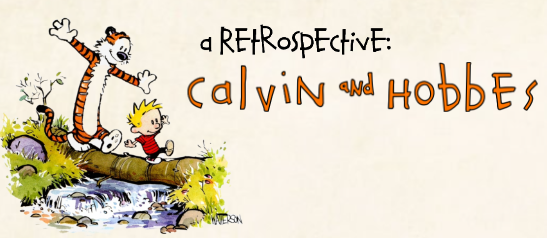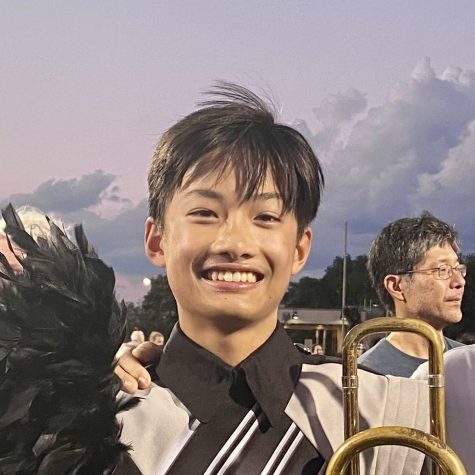The excited chatter of the theater quickly scales down as the previews end. It’s silent in the theater, except for the muffled popcorn crunches. The excitement and anticipation can be felt as the screen turns black. The theater and seats begin to shake as the deafening exhilaration of the sound design takes control.
Dune: Part 2 continues Frank Herbert’s tale of the resistance of the native people of Arrakis, the Fremen, against their oppressors, the Harkonnen. Dune also deals with fake prophecies and manipulation from the religious group called the Bene Gesserit, as well as how love can blind someone’s decisions. It’s beautifully written and bringing this story to the big screen only amplifies it, which is why it brought record-breaking numbers in the box office.
The character arcs and plot are what drew people in to watch the film because the characters are incredibly well-written, despite some inconsistencies. Paul Atreides’ development was clear and consistent, and the plot progression was smooth and much faster than its predecessor, Dune: Part 1. The slow-moving plot is what drew many people away from watching Dune: Part 1. Part 2 fixes the pacing, and was able to score more viewers.
In addition, the character designs are unique with elaborate outfits and hairstyles. It’s fascinating to see how each group displays themselves on screen. The attention to detail with each costume and character is incredible, like with the Fremen stillsuits and the Harkonnen military uniforms. Little details such as the wear and tear the costumes accrued as the outfits are worn throughout the film are noticed.
However, these outfits wouldn’t be able to pop without the incredible cinematography. The visual design was by far the best of any film this year. The cinematography where there were subtle changes in color or lighting made all the difference and helped tell the different narratives within Dune: Part 2. Some scenes were shot in complete black and white, showing the bleakness of the Harkonnen world, and the desert scenes were shot practically, making the film feel like real life.
All these aspects blend beautifully to create the world of Arrakis, and the sound design is the icing on the cake. When Dune: Part 1 was released, it won an Oscar for its sound design. It’s safe to say this film has met and exceeded expectations. The team behind Dune was creative with the intricacy of sound, carefully making each moment unique and better than the last. Each time the sand worms appeared, during every fight scene, and when Paul experienced his visions, the seats shook and the thunderous booms could be heard from neighboring theaters.
Overall the long-awaited Dune: Part 2 has lived up to the hype since its predecessor was released in late 2021. The visual and sound design continues to fascinate viewers and bring in new fans of Frank Herberts’ series. With Dune continuing to break box-office numbers, only time will tell if part three will continue to exceed expectations.

